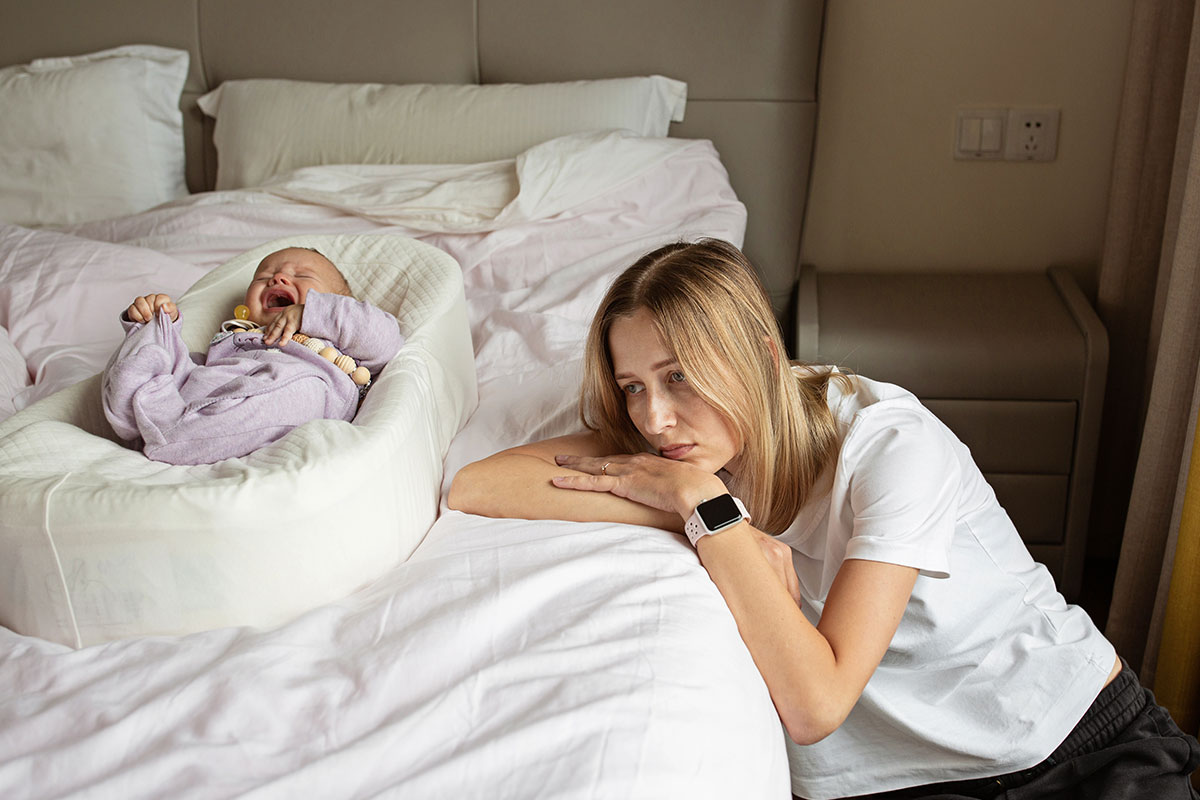See letter by Świeczkowski et al and article by Ammerman et al
To the Editor: Świeczkowski et al1 make a number of excellent points regarding our article “Treatment Use and Preference in a Diverse Sample of Women With Mood Disorders.”2 They highlight the importance of patient preferences and note that the issues of preference and selection are complicated and nuanced. There are many contextual and individual features of preference that drive patients’ decisions, such as their symptom profile and the degree of impairment it causes, religious or spiritual beliefs, the stigma within their social network regarding mental illness, and the nature of their family and work responsibilities. Unfortunately, much of this kind of information was not available to us in our dataset and could not be considered in our study. However, Świeczkowski et al1 provide a framework for examining these factors in future research and compellingly argue for consideration of preference in clinical trials, a position with which we strongly agree.
Their letter also suggests that closer examination of how both relationship status and reproductive status influence treatment preference might be elucidating. Accordingly, we examined our data to look at these variables. Women who were married or in a committed relationship were more likely to prefer the use of complementary/ alternative treatments than single women (15.3% vs 10.3%; χ2 =5.98, P =.05). In addition, women who were separated or divorced were more likely to prefer medications for treatment than other women (32.4% vs 24.3%; χ2 =6.66, P =.036). However, when we adjusted for these in our original analytic models, the findings for treatment preferences of women from different racial and ethnic groups were unchanged. Of interest, reproductive status (whether women were menstruating, in the perinatal period, or menopausal) had no association to preference for any type of treatment. Still, as noted by Świeczkowski and colleagues,1 it will be important to consider the influence of both a woman’s support system and reproductive status in future research. In addition, we encourage assessment of the detailed reasons for their potential influence on women’s preferences.
Treatment preference in women with mood disorders is an understudied area. We hope that our study, and the recommendations of Świeczkowski et al,1 provide a catalyst for continued empirical inquiry.
Article Information
Published Online: November 3, 2025. https://doi.org/10.4088/JCP.25lr16109a
© 2025 Physicians Postgraduate Press, Inc.
J Clin Psychiatry 2025;86(4):25lr16109a
To Cite: Ammerman RT, Weiss SJ. Context matters in treatment preference of women with mood disorders: reply to Świeczkowski et al. J Clin Psychiatry 2025;86(4):25lr16109a.
Author Affiliations: Cincinnati Children’s Hospital Medical Center and Department of Pediatrics, University Cincinnati College of Medicine, Cincinnati, Ohio (Ammerman); Department of Community Health Systems, University of California, San Francisco, California (Weiss).
Corresponding Author: Sandra J. Weiss, PhD, DNSc, 490 Illinois St – #92P, University of California, San Francisco, CA 94158 ([email protected]).
Relevant Financial Relationships: The authors report no financial or other relationships relevant to this letter.
Funding/Support: A Momentum Grant from the National Network of Depression Centers (Ann Arbor, MI) provided preliminary support for the study discussed in this letter [J Clin Psychiatry. 2025;86(4):25lr16109].
References (2)

- Świeczkowski D, Kwaśny A, Cubała WJ. From today’s observations to tomorrow’s standards in women’s psychiatry. J Clin Psychiatry. 2025;86(4):25lr16109.
- Ammerman RT, Deichen Hansen ME, Boyd RC, et al. Treatment use and preference in a diverse sample of women with mood disorders. J Clin Psychiatry. 2025;86(3):25m15823. PubMed CrossRef
This PDF is free for all visitors!





